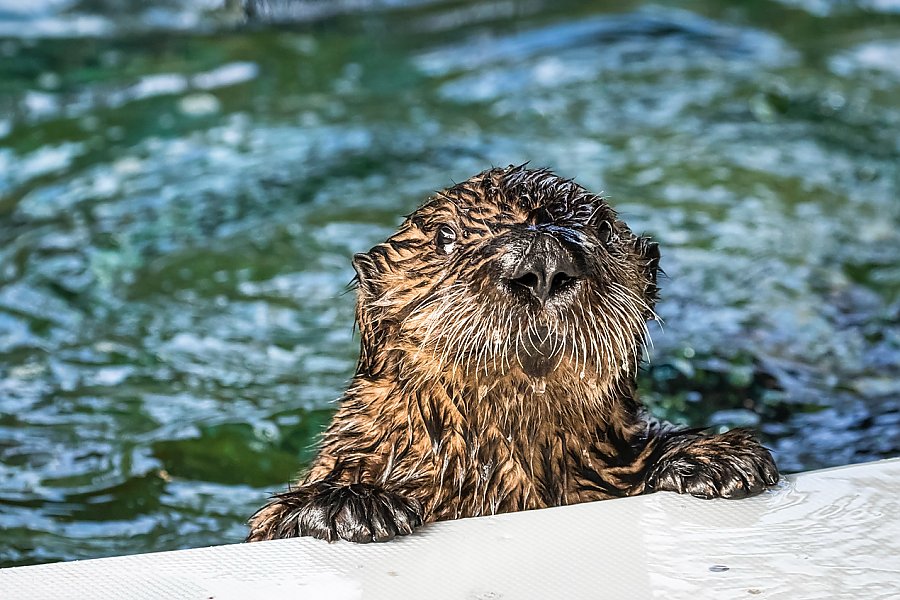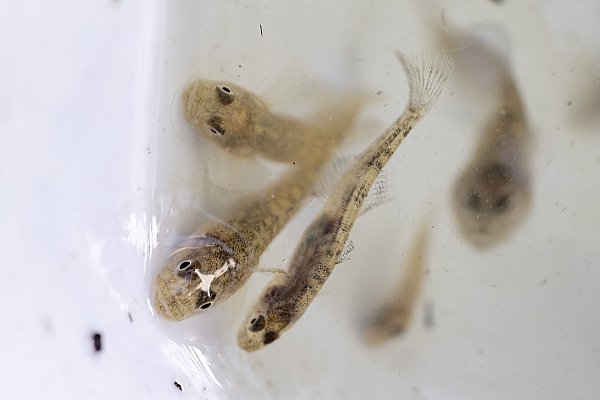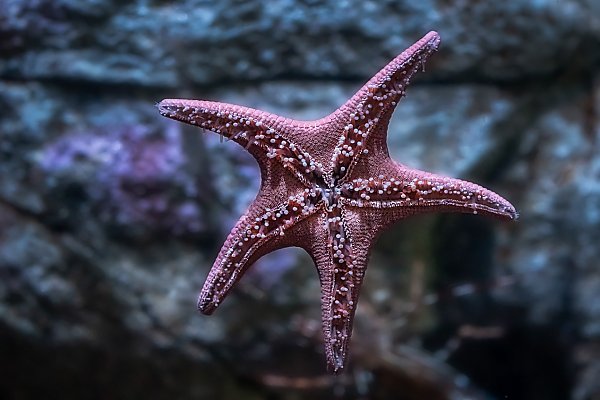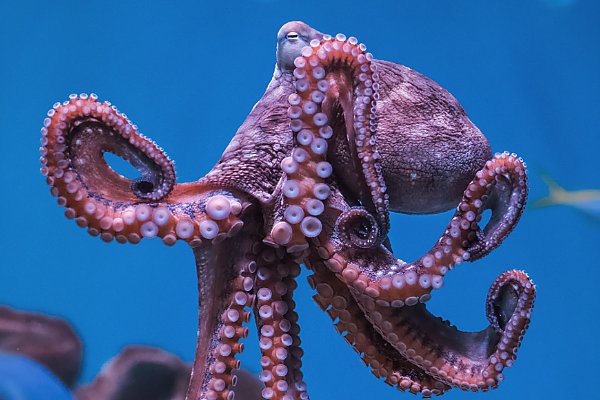Rescued Sea Otter Pup Arrives at the Aquarium
Aquarium staff members are providing round-the-clock care to the baby otter, which was rescued off the coast of Pismo Beach, California. He makes his public debut December 28.

Credit: Aquarium of the Pacific/Robin Riggs
December 21, 2021
The Aquarium of the Pacific is lending a helping hand to a baby sea otter who was recently rescued off the coast of Pismo Beach, California by trained responders from The Marine Mammal Center’s field office in Morro Bay. Government wildlife officials determined that the orphaned pup could not survive on his own in the wild and deemed him unreleasable. The Aquarium of the Pacific offered to help, and the pup made his way to Southern California.
Sea Otter Pup Photo Gallery

Credit: Aquarium of the Pacific/Robin Riggs

Credit: Aquarium of the Pacific/Robin Riggs

Credit: Aquarium of the Pacific/Robin Riggs

Credit: Aquarium of the Pacific/Robin Riggs

Credit: Aquarium of the Pacific/Robin Riggs

Credit: Aquarium of the Pacific/Robin Riggs
More About Our Sea Otter Pup

Credit: Aquarium of the Pacific/Robin Riggs
Aquarium staff members are providing the fourteen-week-old southern sea otter round-the-clock care, which includes feeding him every one to three hours, in his behind-the-scenes nursery, where he has been residing with one of the Aquarium’s female sea otters. “When he arrived at the Aquarium a few weeks ago, he weighed about ten pounds. He is eating well and is now up to 16 pounds,” Brett Long, Aquarium of the Pacific curator of marine mammals and birds, said. The sea otter pup will officially join the Aquarium’s other sea otters in the main habitat on December 28, 2021.

Credit: Aquarium of the Pacific/Robin Riggs
Caring for this young otter pup will further the experience of Aquarium staff who will be helping to care for orphaned pups as a participant in the Sea Otter Surrogacy program, which pairs resident aquarium otters with orphaned pups to teach them the skills to survive in the wild. The Sea Otter Surrogacy program is the result of a partnership with the Monterey Bay Aquarium, which has rescued, rehabilitated, and released stranded sea otter pups since the 1980s.

Credit: Aquarium of the Pacific/Robin Riggs
The new surrogacy area at the Aquarium of the Pacific is being built behind the scenes at its Molina Animal Care Center and will accommodate three to four rescued sea otter pups each year. “Staff interaction with the orphaned otters in the surrogacy program will need to be minimal, and staff will need to wear special suits that distort the human form so these pups have a better chance at surviving in the wild,” Long says.

Credit: Aquarium of the Pacific/Robin Riggs
In addition, the Aquarium will develop interpretative material to educate visitors on the surrogacy program and the significance of recovering southern sea otter populations. The Aquarium has a public fundraising campaign to support the surrogacy program.
Anyone interested in getting involved and contributing support for this important conservation work can visit this link and make a gift online or call (562) 951-1701.

Credit: Aquarium of the Pacific/Robin Riggs
Southern sea otters (Enhydra lutris nereis) are marine mammals in the weasel family. They are found along the North American west coast from Half Moon Bay just south of San Francisco to Point Conception in Santa Barbara County, a fraction of their historic range. Sea otters play the important role of ecosystem engineer for their ocean habitats. Sea otters were hunted to near extinction in the early 1900s. Now a protected species, California’s sea otters have grown from a group of fifty in 1938 to nearly 3,000 today. Despite this progress, their population growth has stalled in recent years, and they continue to face serious risks, including oil spills, pollution, and climate change. Through its Pacific Visions wing, Aquarium of the Pacific visitors can learn how climate change is impacting the ocean, its inhabitants, and people, along with what can be done to work toward a more sustainable future.






